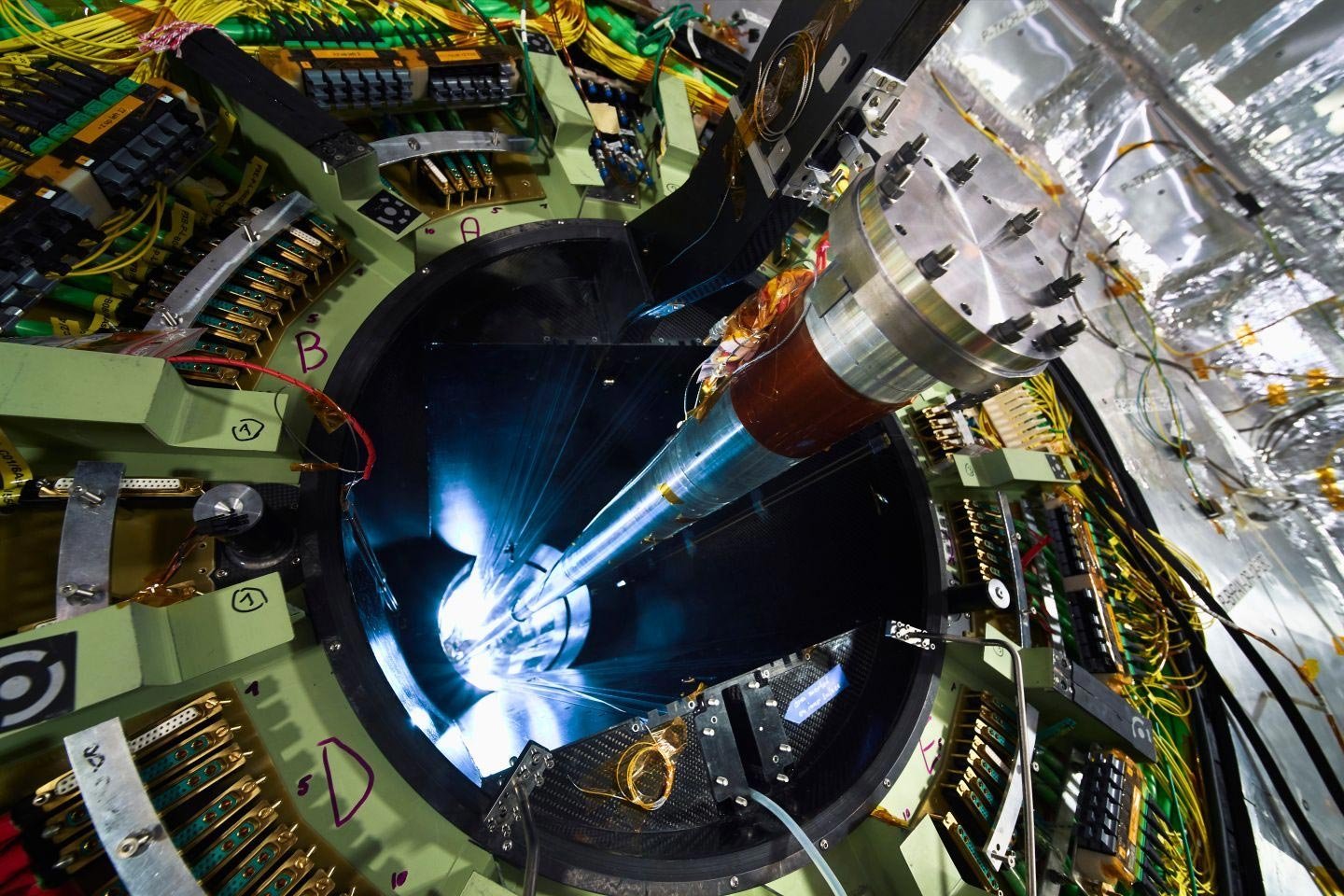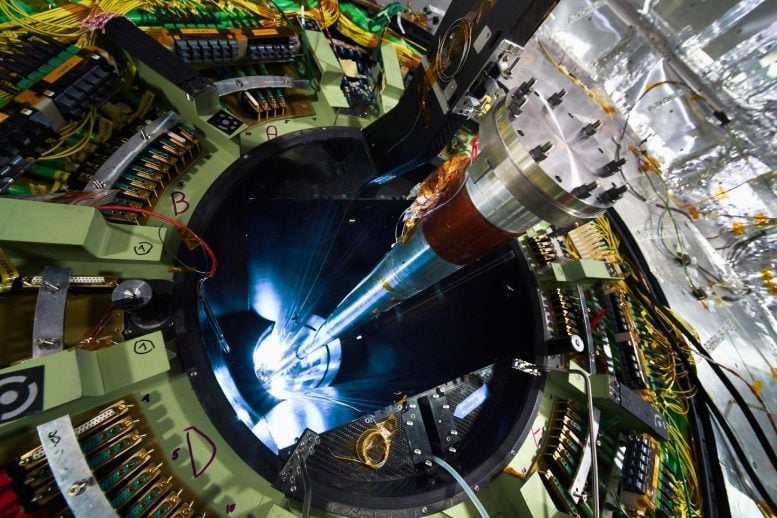
Large Hadron Collider’s Beam Pipe Edges Closer to Unmasking Magnetic Monopoles
-
by Anoop Singh
- 11

Researchers used a section of the LHC’s beam pipe to hunt for magnetic monopoles, hypothetical particles with a single magnetic pole.
Their investigation, which involved analyzing radiation effects from ultra-high-energy ion collisions, revealed no monopoles but established stringent constraints on their existence, enhancing our understanding of particle physics.
Magnetic Monopole Research
New research using a decommissioned section of the beam pipe from the Large Hadron Collider (LHC) at CERN has bought scientists closer than ever before to test whether magnetic monopoles exist.
Scientists from the University of Nottingham, in collaboration with an international team have revealed the most stringent constraints yet on the existence of magnetic monopoles, pushing the boundaries of what is known about these elusive particles. Their research has been published on August 15 in Physical Review Letters.
Theoretical Foundations and Study Focus
In particle physics, a magnetic monopole is a hypothetical elementary particle that is an isolated magnet with only one magnetic pole (a north pole without a south pole or vice versa).
Oliver Gould, Dorothy Hodgkin Fellow at the School of Physics and Astronomy at the University of Nottingham is the lead theorist for the study, he said: “Could there be particles with only a single magnetic pole, either north or south? This intriguing possibility, championed by renowned physicists Pierre Curie, Paul Dirac, and Joseph Polchinski, has remained one of the most captivating mysteries in theoretical physics. Confirming their existence would be transformative for physics, yet to date experimental searches have come up empty-handed.”
Experimental Setup and Methodology
The team focused their search on a decommissioned section of the beam pipe from the LHC at CERN, the European Organisation for Nuclear Research. Conducted by physicists from the Monopole and Exotics Detector at the LHC (MoEDAL) experiment, the study examined a beryllium beam pipe section that had been located at the particle collision point for the Compact Muon Solenoid (CMS) experiment. This pipe had endured radiation from billions of ultra-high-energy ion collisions occurring just centimeters away.
“The proximity of the beam pipe to the collision point of ultra-relativistic heavy ions provides a unique opportunity to probe monopoles with unprecedentedly high magnetic charges,” explained Aditya Upreti, a Ph.D. candidate who led the experimental analysis while working in Professor Ostrovskiy’s MoEDAL group at the University of Alabama. “Since magnetic charge is conserved, the monopoles cannot decay and are expected to get trapped by the pipe’s material, which allows us to reliably search for them with a device directly sensitive to magnetic charge.”
Results and Future Directions
The researchers investigated the production of magnetic monopoles during heavy ion collisions at the LHC, which generated magnetic fields even stronger than those of rapidly spinning neutron stars. Such intense fields could lead to the spontaneous creation of magnetic monopoles through the Schwinger mechanism.
Oliver added: “Despite being an old piece of pipe destined for disposal, our predictions indicated it might be the most promising place on Earth to find a magnetic monopole,”
The MoEDAL collaboration used a superconductive magnetometer to scan the beam pipe for signatures of trapped magnetic charge. Although they found no evidence of magnetic monopoles, their results exclude the existence of monopoles lighter than 80 GeV/c² (where c is the speed of light) and provide the world-leading constraints for magnetic charges ranging from 2 to 45 base units.
The research team now plans to extend their search, Oliver concludes: “The beam pipe that we used was from the first run of the Large Hadron Collider, which was carried out before 2013 and at lower energies. Extending the study to a more recent run at higher energies could double our experimental reach. We are also now considering completely different search strategies for magnetic monopoles.”
Reference: “MoEDAL Search in the CMS Beam Pipe for Magnetic Monopoles Produced via the Schwinger Effect” by 15 August 2024, Physical Review Letters.
DOI: 10.1103/PhysRevLett.133.071803
A team of physicists explored the existence of magnetic monopoles using a decommissioned LHC beam pipe. Despite finding no monopoles, their research provided crucial constraints on these elusive particles, potentially opening new avenues in physics research. Credit CERN Researchers used a section of the LHC’s beam pipe to hunt for magnetic monopoles, hypothetical particles with…
A team of physicists explored the existence of magnetic monopoles using a decommissioned LHC beam pipe. Despite finding no monopoles, their research provided crucial constraints on these elusive particles, potentially opening new avenues in physics research. Credit CERN Researchers used a section of the LHC’s beam pipe to hunt for magnetic monopoles, hypothetical particles with…
